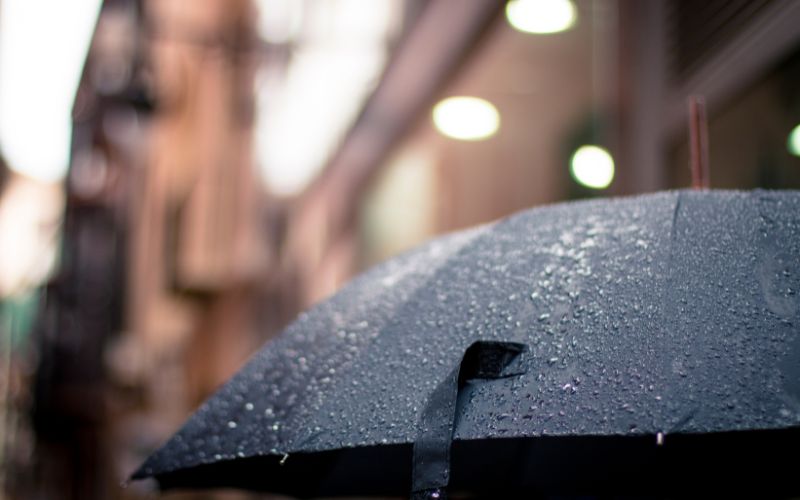
Only around a quarter of recent homebuyers considered potential wild weather risks when moving to their new property.
According to NRMA Insurance, Australian movers are more likely to research where they can find local restaurants and coffee places than check the risks off wild weather to their safety and property.
However, it appears there is a knowledge gap among homebuyers about weather risks — 62% do not know where to find advice regarding such in their local area.
On top of this, there is also a gap between those planning to prepare for wild weather and those taking action — while 59% of homeowners said they would take steps to prepare for wild weather during summer, only 37% took any steps to prepare over the past season.
Overall, 40% of Australians said they do not feel prepared to respond to a wild weather event.
NRMA Insurance executive general manager for direct claims Luke Gallagher said there is a need for Australians to know their local weather risks given the ongoing and devastating impacts of severe weather being experienced across the country in recent years.
“Knowing the specific risks you face is vital, whether that’s a high risk such as flood, bushfire and cyclone, or even general risks from wind and storm damage to your property,” he said.
NRMA Insurance Wild Weather Tracker showed 10,120 claims for wild weather damage to homes and vehicles in the past summer.
Most of these claims were for damaged homes, with nearly half of all home claims across Australia were caused by severe weather.
“Not understanding this level of risk can have major safety and financial impacts,” Mr Gallagher said.
“For example, one common misconception is that a 1-in-100-year flood risk means a flood will only happen every hundred years, when in fact, this means there’s a one percent chance of a significant flood in any year.”
Mr Gallagher said the events that occurred throughout summer reflect how susceptible all areas of Australia to wild weather.
For instance, New South Wales was hit hard by powerful storms, including hail, that caused considerable damage in wester parts of the state.
Meanwhile, significant flooding was recorded in South Australia along the Murray River and in Western Australia’s The Kimberley region.
“Weather conditions across eastern Australia this season are expected to return closer to the autumn average, as the El Niño Southern Oscillation index returns to neutral then trends towards El Niño for winter,” Mr Gallagher said.
“However, wild weather is still expected to have an impact, with possible severe thunderstorms bringing large hail and periods of heavy rain in eastern parts of the country, while drier conditions in the south and west pose an elevated risk of grassfires.”
-
Photo by Adriana Calvo from Pexels.
Collections: Mortgage News



Share